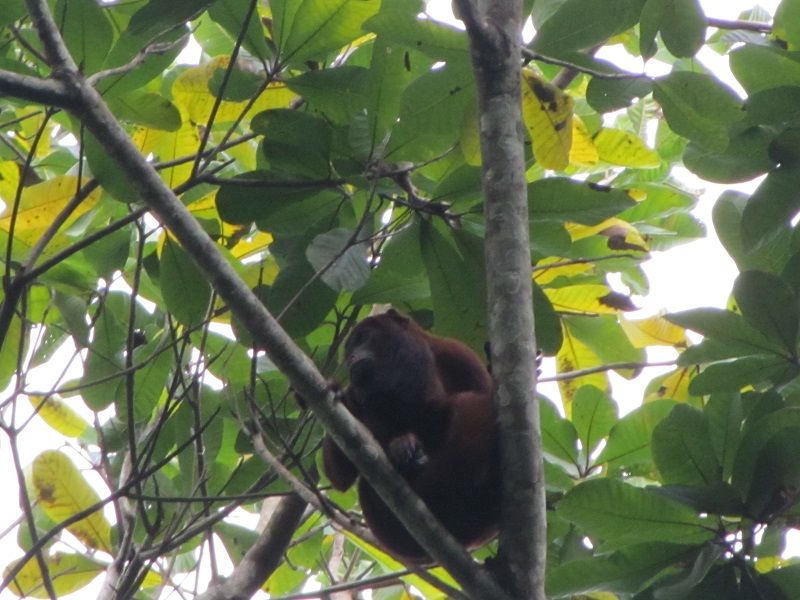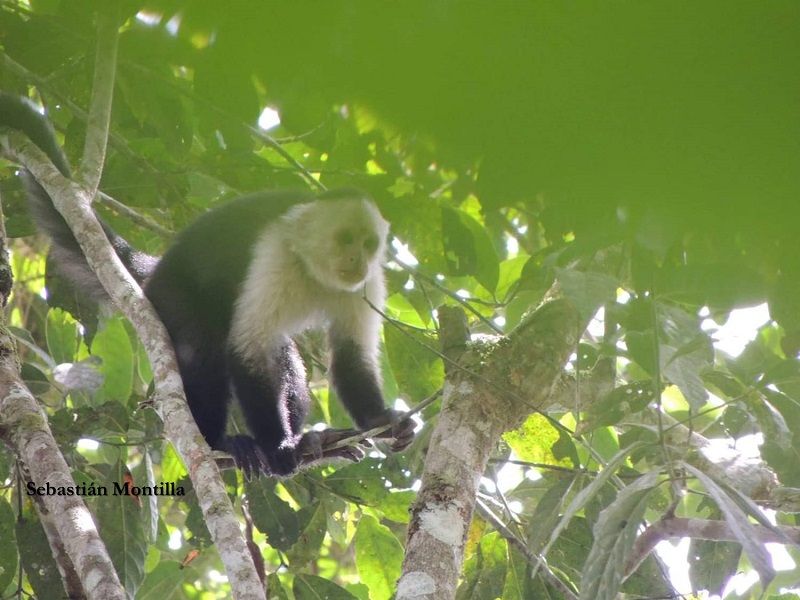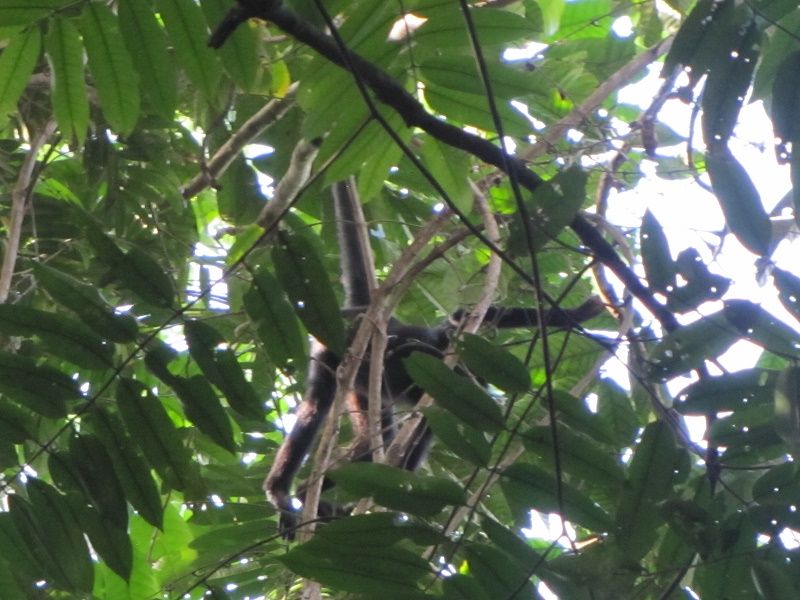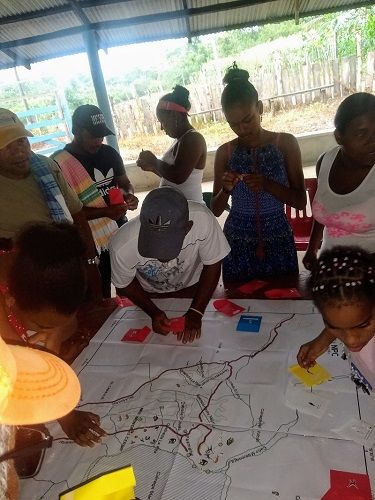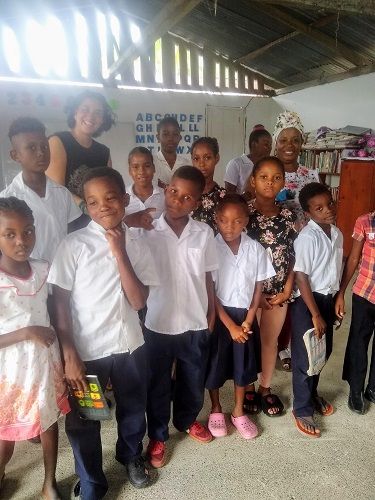An action plan for brown-headed spider monkeys
Alma Hernandez and her team are working hard in Colombia to gather enough information to create the first National Action Plan for brown-headed spider monkeys. They are only found in a narrow range in northern Colombia, Ecuador and Panama, alongside the seven species of spider monkey living in Central and southern America. Classified as endangered by the IUCN, these monkeys are under threat from hunting and loss of forest habitat. Brown-headed spider monkeys urgently need an action plan.
Alma’s team has been out to visit nine sites looking for evidence of these monkeys which live in troops of up to 35 individuals. They hope to see the monkeys, overhead in the canopy, or hear their distinctive calls. Worryingly the animals were only heard calling at four sites, and in all areas the local communities commented on how rare they were.
Brown-headed spider monkeys face many threats
Not surprisingly the main threats facing the monkeys are threats to their habitat. In some areas Alma recorded selective logging of particularly valuable timber species, in other areas clear-felling had taken place to make way for agriculture and ranching. Illegal gold mining was also identified in some areas. Coupled with these issues, there is cocaine trafficking in the region which makes any work, and life for the local communities, incredibly dangerous.
In most areas that the team visited there is a total absence of state authorities or control. This highlights how important it is to implement measures to strengthen community associations and set up projects which will generate alternative economic income which will, in turn, reduce the pressures on the forest.

Getting local communities involved
Alma held several community conservation workshops, getting the locals to identify what the main environmental problems were from their point of view. She asked them to explain their needs and suggest alternative practices to relieve pressures on brown-headed spider monkeys and their habitat. They also held twelve workshops with children, engaging them in fun activities such as story-telling, origami and holding a fashion show using recycled materials.
Over 200 children took part in the activities, most of whom lived near or in the forest. Worryingly only 6% of them knew about the spider monkeys, potentially a sign that there is a general lack of knowledge about the species which could hinder conservation efforts.
Learn more about how we’re working to protect critically endangered spider monkeys in Colombia:


